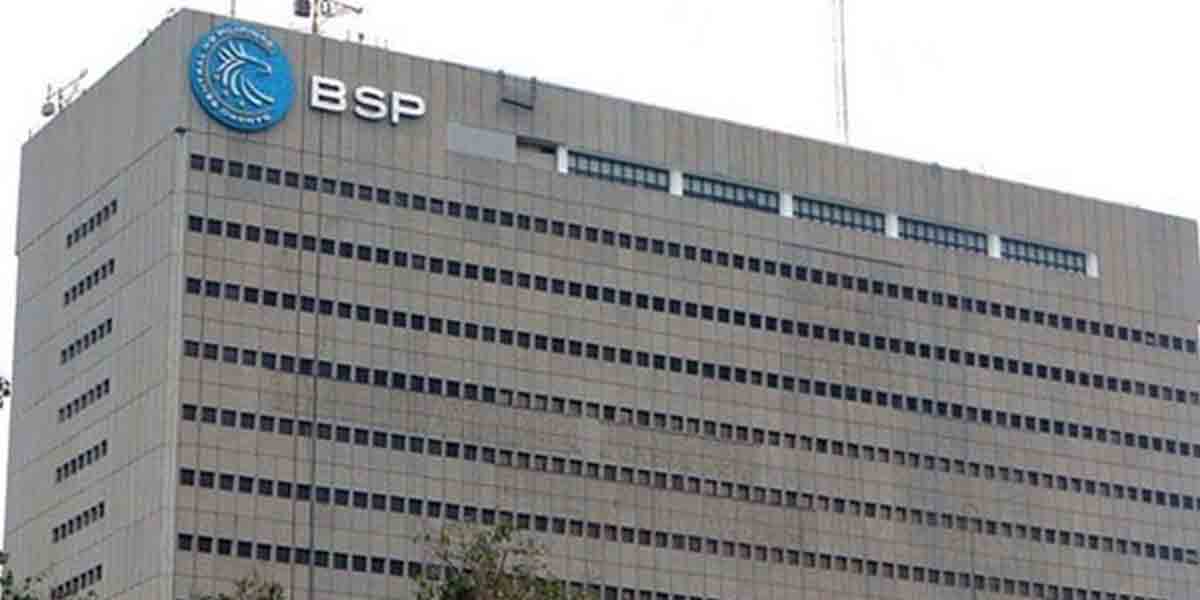By Herbert Vego
ON a lazy Saturday, I scanned some old video documentaries and stumbled upon a welcome ceremony for the late President Ferdinand Marcos and First Lady Imelda at the White House in Washington D.C. on September 16, 1982.
“I came,” he began his speech, looking directly into the eyes of the then United States President Ronald Reagan and First Lady Nancy, “in behalf of the 50 million Filipinos.”
Marcos seemed to insinuate that we had grown so big that we needed more substantial favors from the land of milk and honey, stressing that he had already lifted martial law in the Philippines.
Our population of 50 million was already scary in 1982. Squatter colonies in Metro Manila were already congested and struggling to survive; and the murky Pasig River, dotted with makeshift shanties, was making it impossible for fish to survive.
That number more than doubled 33 years later in the year 2015, a census year, when the Philippine Statistics Authority (PSA) reported that the Philippine population had hit 100,981,437.
Today, by PSA estimate, we have hit the 115-million record high, judging from the 2020 census when we had already gone beyond the 109-million mark.
Google boggle us even more with its information that, based on the first Philippine census done by Spanish officials in 1591, our population was only 667,612.
The urgency of population control gave birth to the Reproductive Health Law of 2012 (RA 10354), providing universal and free access to modern contraceptive methods in family planning.
No doubt population congestion, as a direct cause of poverty among big families, has forced millions of Filipino laborers to seek greener pastures abroad.
Overpopulation is also a direct cause of the pollution problem besetting the urban centers. One example is the Manila Bay, from where thousands of tons of garbage are periodically extracted.
Another is the long and winding Pasig River that cuts through Metro Manila. Anybody who has been there has breathed the foulest air in his lifetime.
I remember having swum with fellow teenagers at Manila Bay in the 1960s; and having driven my employer’s car full-speed at EDSA much later in 1980.
These days, one must be patient negotiating through the bumper-to-bumper, snail-slow traffic all over Metro Manila.
Ironically, the Pasig River may also be cited as proof that lower population density augured well for pollution-free environment. Would you believe that there was a time when Pasig River was a natural health spa?
Yes, according to one of my prized possessions, the English translation of the 1853 French book Adventures of a Frenchman in the Philippines by Paul P. de la Gironiere. A chapter in the book cites Pasig River as a health-rejuvenating body of water where the rich Spanish, English, Chinese and various mestizos paraded on boats and gondolas.
The author wrote, “The newest and most elegant houses are built upon the banks of the river Pasig. Each house has a landing place from the river and little bamboo palaces serving as bathing houses to which the residents resort several times daily to relieve the fatigue caused by intense heat.”
We can only see the same clean bodies of water today in sparsely populated rural riverbanks.
In the same book, the French author detailed the per-province population of the Philippines, circa the 1833 census. The total Philippine population was 3,345,790, of which 285, 039 lived in what is now Metro Manila. The provinces of Iloilo, Capiz (including what is now Aklan) and Antique had 232,055; 115,440; and 78,250, respectively.
I was 10 years old and in grade four in 1960 when my memorable teacher, the late Modesta Calibjo, taught our class that the Philippines had a population of 30 million. This means that, between 1960 and today, the aforesaid population that took centuries to accumulate has more than tripled!
Does it make sense that our small country, a thumbnail in the world map, is now the 12th biggest in the world? It is, by population.

























